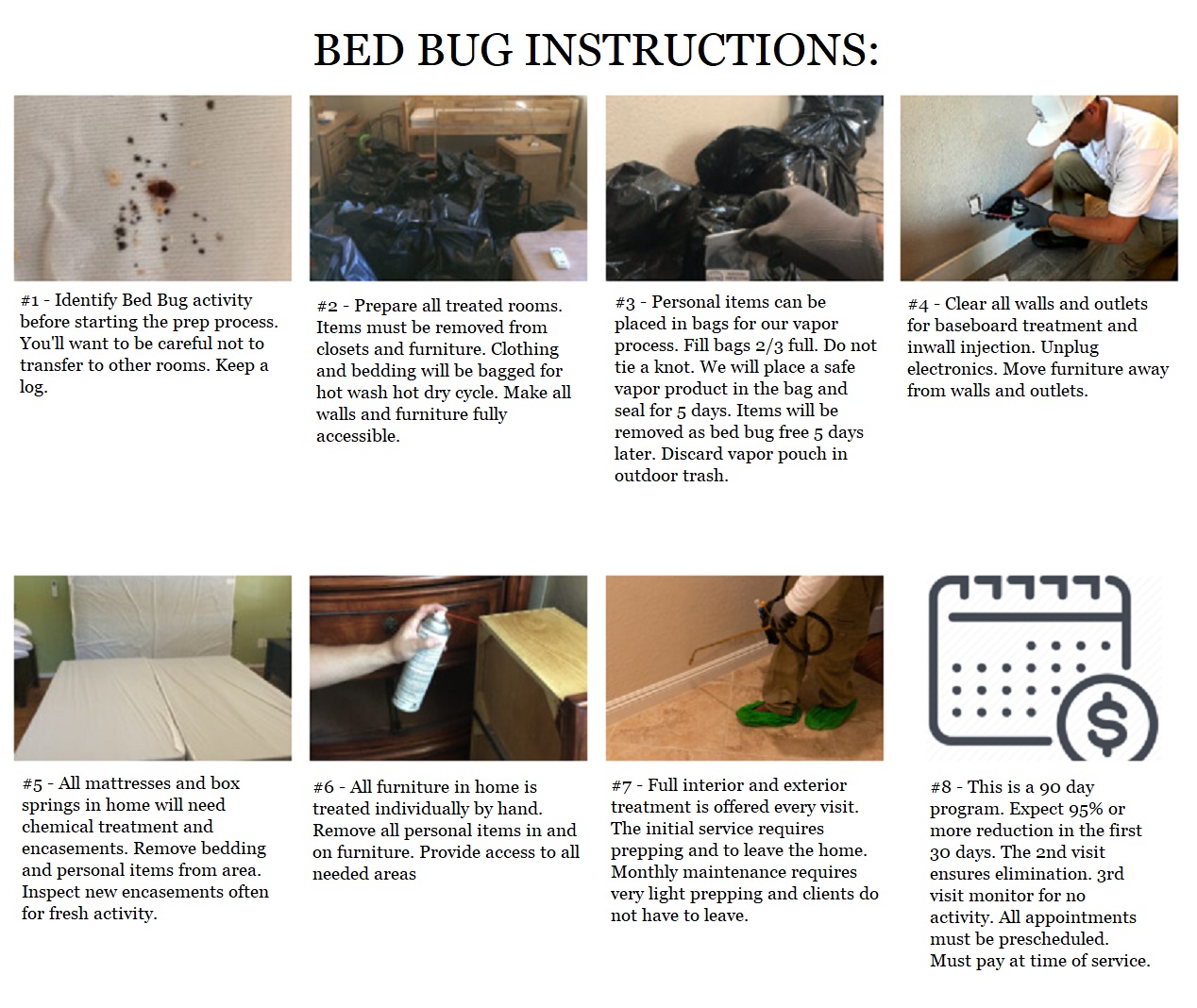The 4-Minute Rule for Bed Bug Services
Table of ContentsSome Known Factual Statements About Bed Bug Services Rumored Buzz on Bed Bug ServicesAn Unbiased View of Bed Bug Services3 Simple Techniques For Bed Bug Services
A thorough bed bug inspection by experts is a meticulous process and relies on expertise. Bed bugs are tiny, quick, and skilled at concealing themselves that seek cracks, crevices, and furniture seams. Because of their stealthy behavior, a thorough inspection is essential to identify the full scope of the problem. Professional inspectors rely on specialized equipment, systematic procedures, and experience to locate pests effectively, preventing spread and further infestation.The first step in a proper inspection involves understanding bed bug biology and behavior. Bed bugs belong to the order Hemiptera and progress through eggs, several nymphs, and adult stages. Adults are around five millimeters long, flat, reddish-brown, and wingless with slender legs and antennae. Their segmented proboscis allows them to pierce the skin and feed on blood, producing skin irritation and visible marks. Knowing these traits guides professionals in locating infestations.
Early detection is essential for stopping the problem from spreading. Professionals carefully check for signs such as dark spots of fecal matter, molted skins, and eggs (Bed Bug Services). A single female can lay hundreds of eggs, resulting in serious outbreaks. Evidence of discarded skins and eggs indicates active infestation and demands thorough examination
Preparing for an inspection involves careful organization. Inspectors often recommend clearing clutter from treatment areas, which facilitates examination of hard-to-reach areas. Bedding and linens may be cleaned thoroughly and sealed in plastic bags, and then stored in sealed bags to prevent re-infestation. Wall decor, mirrors, and pictures may need to be removed to check hiding places. Vacuuming furniture and floors helps clean up stray insects, and vacuum bags should be discarded carefully to avoid spreading.
Excitement About Bed Bug Services
The inspection itself is methodical and detailed. Inspectors start with beds and adjacent furniture, looking closely at creases, joints, and folds. Upholstered furniture, including seating furniture, is scrutinized Read Full Report to reveal any hidden pests. Baseboards, moldings, the edges of wall-to-wall carpeting, electrical outlets, closets, and storage areas receive detailed attention, as these can be key areas for infestation.
Specialized tools help inspectors find hidden pests. Check Out Your URL Flashlights, magnifying lenses, multi-tools, and mirrors help inspect hard-to-see areas. Monitoring devices like interceptor traps or sticky pads aid in identifying infestation trends. Some companies bring in canine teams, which detect even small infestations, distinguishing them from residual signs.

Meticulous documentation is essential. Inspectors record the locations of evidence, severity of infestation, and treatment recommendations. This provides a reference for follow-ups and helps with client communication. Residents are often advised not to remove blood-stained sheets or vacuum infested areas, as this prevents loss of critical information.
After inspection, a monitoring plan may website link be implemented to follow up on findings. Continuous monitoring detects reinfestation, and collecting feedback from occupants provides additional insight. Cooperation from residents ensures accuracy.
7 Easy Facts About Bed Bug Services Described

Professional inspections offer a higher level of accuracy than DIY attempts. Trained inspectors spot subtle signs overlooked by untrained eyes, avoid unnecessary treatments, and give peace of mind.
Bed bug inspections are particularly important in places where infestations spread easily. Inspectors assess all connected areas to confirm complete assessment (Bed Bug Services). This stops further spread
In summary, a professional bed bug inspection involves understanding bed bug biology, preparing the space, conducting systematic inspections, using specialized tools, documenting findings, and implementing monitoring protocols. Each step supports early detection, informs treatment, and reduces future risk.
The Ultimate Guide To Bed Bug Services
